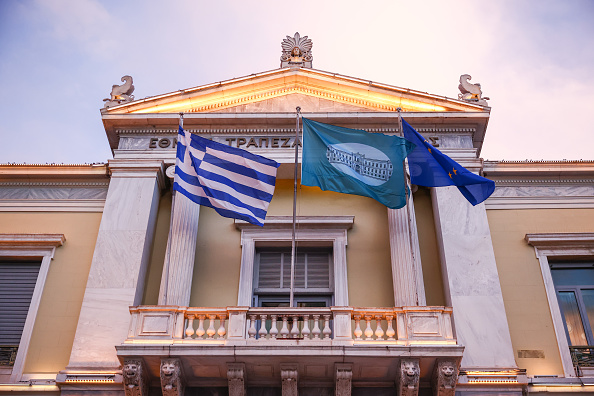 |
|
|
BELT AND ROAD |
|
Among the very first Belt and Road projects was the Karot Hydropower plant, a 720 megawatt run-of-river project on the Jhelum River, not far from Rawalpindi and Islamabad. Karot is the first investment project to be funded by the Silk Road Fund.
Silk Road is one of four known lenders to the project, the others being the IFC, China Development Bank and China Eximbank. The sponsor is China Three Gorges South Asia Investment, a state-owned company that holds a majority share in Karot Hydropower Project, the special purpose vehicle that is developing the project. Another constituent is the Pakistan Private Power and Infrastructure Board.
The project is being built under a build-own-operate-transfer basis and should be operational by 2020/21: “And it shall be transferred to Pakistan without compensation after a 30-year operation period,” says Jin Qi, chair of the Silk Road Fund.
“The project reflects the principles and ideas of the investments of the Silk Road Fund,” says Jin, who says the fund’s support came in the form of both equity in China Three Gorges South Asia Investment and a loan to the project. She says it is “expected to achieve a reasonable investment yield under controllable risks”.
Jin explains the clear rationale for the project – the shortfall of electricity in Pakistan, presenting an opportunity not only to alleviate that shortage but also boost economic growth and demonstrate a strong environment for sustainable development.
Praise
She also puts it into the context of the China-Pakistan Economic Corridor and praises the partners in the project.
 |
“In this project, Silk Road Fund maintained great cooperation with both international and Chinese financial institutions on the equity and loan,” she says. “It has accumulated a wealth of experience in pooling domestic and foreign capital to support infrastructure construction among developing countries.”í It is interesting to see the IFC involved, tempted presumably by the project’s renewable nature and the fact that it should help address severe power shortages in Pakistan. IFC put in $100 million to the $1.65 billion project, which has reached financial close. IFC also owns 15% of China Three Gorges South Asia Investment. This is IFC’s first partnership with China Eximbank, CDB or the Silk Road Fund.
But it is notable that the IFC’s public announcement on its involvement in Karot does not mention Belt and Road once. Instead, it refers to the project as: “A major contribution to the joint World Bank Group Transformational Energy Initiative and Joint Implementation Plan in Pakistan, which aims to mobilize $10 billion in new generation investments to address Pakistan’s acute power shortages and improve sector sustainability.”
From the IFC’s point of view, what matters is that the project gets built, not what policy initiative it is tagged as representing.



